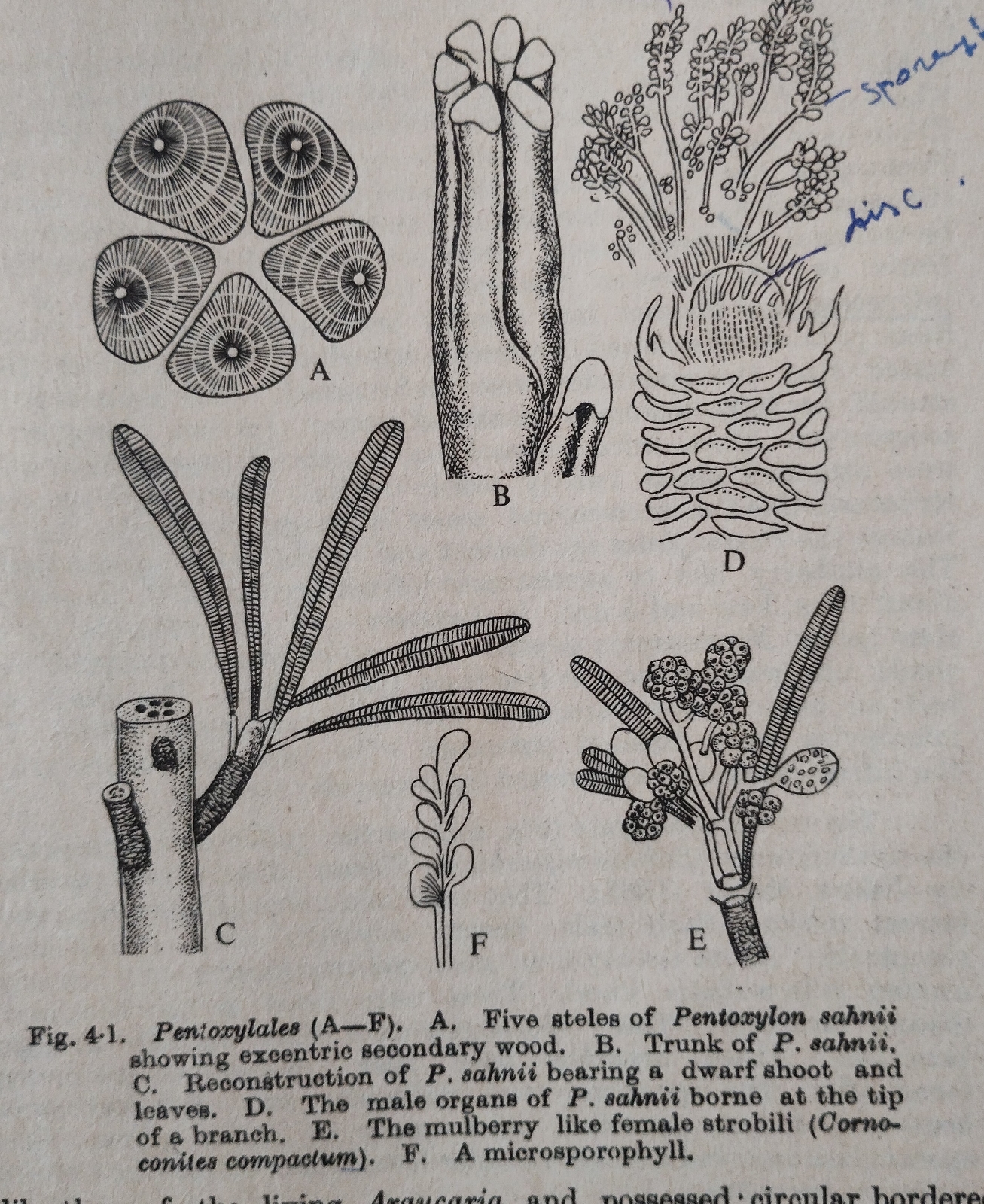Linnaean Hierarchy
Questions
(1) What is Hierarchy?.......1/2016TU,2018
(2)What are the obligatory categories used in Linnaean Hierarchy ?...2+2/2016TU
(3)Discuss the present status of Hierarchical Classification ....5/2016TU
(4) Discuss on Linnaean Hierarchy citing example of all taxa in man.....5/2018TU
Hierarch=a series or succession of different ranks.So, in Systematics the term Hierarchy is a method of arrangement of categories and taxa in an ascending order so that a higher category includes one or more lower category/categories .
Linnaean Hierarchy & categories:
Linnaeus, 1758 first time documented a definite hierarchy for animals in 10th Edn.of Systema Naturae using only five categories , which are as follows:
(A Car Of Good Spice Varietas)
(The descending sequence)
Classis
Order
Genus
Species
Varietas
The category "varietas"used by Linnaeus was replaced by Sub-species .
Seven Obligatory categories of a taxonomic hierarchy:
(King's PCO for Familie's Good Security)
( The descrnding sequence )
Kingdom
Phylum
Class
Order
Family
Genus
Species
Linnaean Hierarchy and all taxa of Man
Kingdom .....Animalia
Phylum.......Chordata
Class........Mammalia
Order.......Primates
Family......Hominidae
Genus.....Homo
Species....sapiens
Hierarchical Classification and present status:
Advancement of science and technology along with the tedious search of knowledge result in the increase of the number of known species of organisms . So, a given species requires more specific and precise position in the hierarchic classification .To arrange in a more proper & systemic way original seven obligatory categories are splitted and additional new categories inserted:
(i) Cohort in between Class and Order,
(ii) Tribe in between Family and Genus .
Hence, the arrangement of these nine categories are as follows:
Kingdom
Phylum
Class
Cohort*
Order
Family
Tribe*
Genus
Species
Moreover, many more categories are added in the list . These categories are formed by adding prefixes :
(i) as super- above the basic category ,
(ii) as sub- and infra- successively below the basic category .
e.g. basic category=Class
New categories = Super-Class
(Class)
Sub-Class
Infra-Class
At present 33 categories are in use in the hierarchic classification , out of these 18 (asterisk-marked) are widely practiced . These 33 are as follows:
(First you write the 9 categories, then insert the new ones ...above & below ..Super Sub Inspector)
Kingdom
Phylum
Class
Cohort
Order
Family
Tribe
Genus
Species
(Now insert.......)
Kingdom*
Subkingdom
Infrakingdom
Superphylum
Phylum*
Subphylum*
Infraphylum
Superclass*
Class*
Subclass*
Infraclass
Supercohort
Cohort*
Subcohort
Infracohort
Superorder*
Order*
Suborder*
Infraorder
Superfamily*(-oidea)
Family*(-idea)
Subfamily*(-inea)
Infrafamily
Supertribe
Tribe*(-ini)
Subtribe(ina)
Infratribe
Supergenus
Genus*
Subgenus*
Superspecies
Species*
Subspecies*
(No infragenus, infraspecies & Superkingdom )
Important note*
(i) A classifier should never leave any one of the seven Obligatory categories while stating the systematic position of an animal ; any violation of this will make the classification unsatisfactory . Therefore, these seven categories are mandatory or obligatory .
(ii) Use of rest categories are optional.
(iii) If a subsidiary level is used within any group , then it should be used for all the organisms of that group.
e.g. if a family is splitted into one or more subfamily , then all the genera should be kept in one or more subfamily.
Merits:
(i) More than one numerical schemes have been proposed to replace the Linnaean Hierarchy, but failed . The fact is that use of definite numerical values to taxa needs a vast knowledge of that taxa, which is not possible in reality.
(ii) In comparison to all other systems the Linnaean Hierarchy provides more and more flexibility to the taxonomists while he /she is in practical field , by permitting splitting the seven obligatory categories to add new categories.
Therefore, Linnaean Hierarchy will be provisional for ever.



Comments
Post a Comment